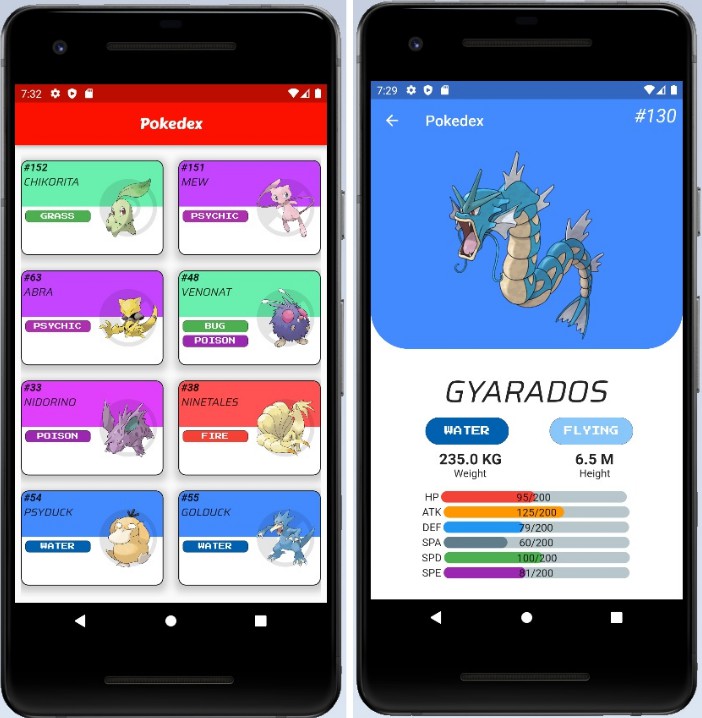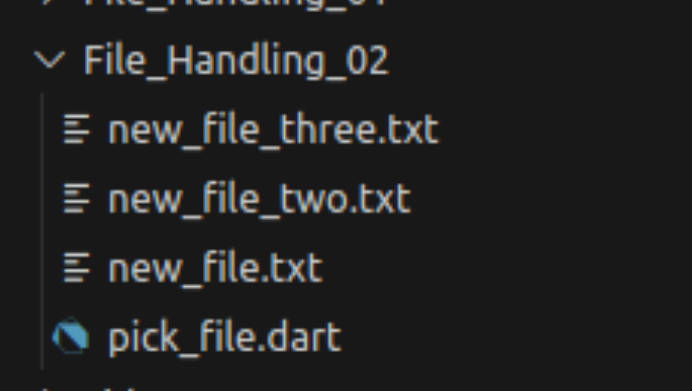dino
Dino is a Dart dependency injection library with optional code generation. It was inspired by DI in .NET and aimed to be flexible, predictable and easy to use.
Quick start
It is assumed that you have a basic understanding of dependency injection.
Suppose we have multiple services dependent on each other:
class Repository {
Repository(this.restClient);
final RestClient restClient;
Future<void> sendMessage(String message) async {
try {
await restClient.sendMessage(message);
} catch (e) {
print('Error sending message: $e');
}
}
}
class RestClient {
RestClient(this.dio);
final Dio dio;
Future<void> sendMessage(String message) async {
await dio.post('/api/message', data: {'message': message});
}
}
Then their registration in dino will look like this:
void main() {
final ServiceCollection services = RuntimeServiceCollection();
services.addInstance(Dio());
services.addSingletonFactory(
(sp) => RestClient(
dio: sp.getRequired<Dio>(),
),
);
services.addSingletonFactory(
(sp) => Repository(
restClient: sp.getRequired<RestClient>(),
),
);
}
If we add code generation using dino_generator, then the code will become even nicer:
import 'main.dino.g.dart';
void main() {
final ServiceCollection services = $ServiceCollection();
services.addInstance(Dio());
services.addSingleton<RestClient>();
services.addSingleton<Repository>();
}
Now we can use registered services:
final rootScope = services.buildRootScope();
final repository = rootScope.serviceProvider.getRequired<Repository>();
repository.sendMessage('Hello world!');
You can also use dino in flutter with dino_flutter package:
void main() {
final ServiceCollection services = $ServiceCollection();
services.addInstance(Dio());
services.addSingleton<RestClient>();
services.addSingleton<Repository>();
final rootScope = services.buildRootScope();
runApp(
DinoProvider(
serviceProvider: scope.serviceProvider,
child: Application(),
),
);
}
Then you can use the ServiceProvider from the BuildContext:
class MyWisdget extends StatelessWidget {
@override
Widget build(BuildContext context) {
final repository = context.serviceProvider.getRequired<Repository>();
// build widget
}
}
For a better understanding of concepts such as ServiceCollection, ServiceScope, and ServiceProvider, and to learn more about dino, you can check out the detailed documentation.
Documentation
Contributing
Pull requests are welcome. For major changes, please open an issue first to discuss what you would like to change.
Please make sure to update tests as appropriate.



